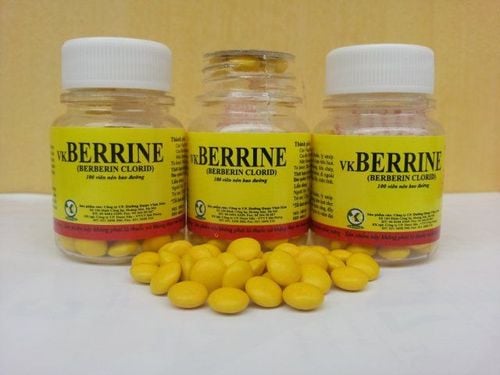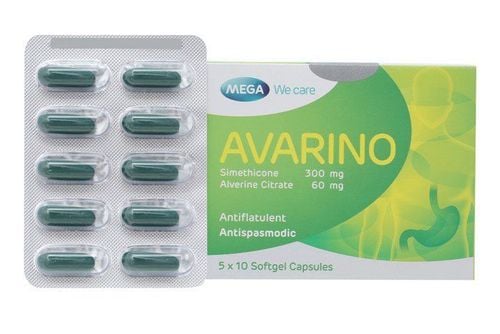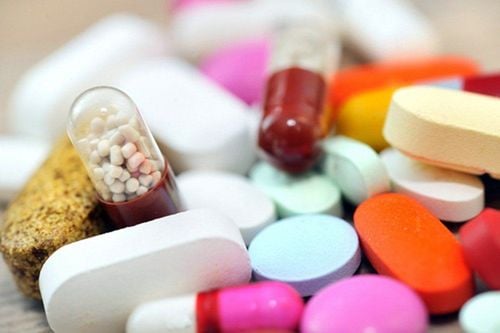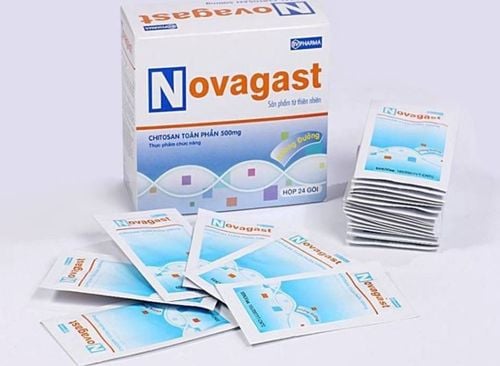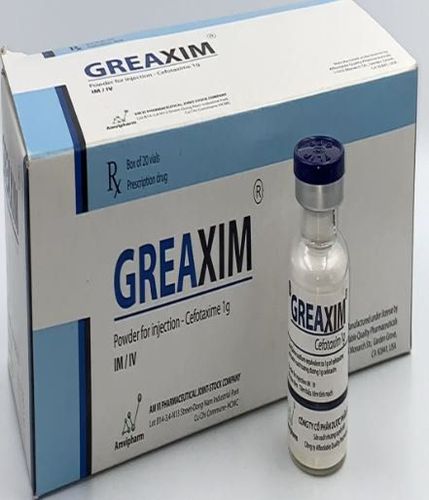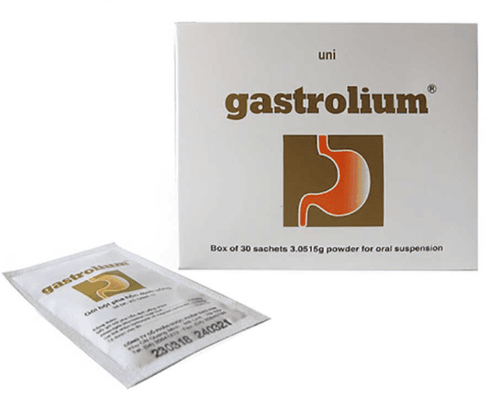This is an automatically translated article.
There are many causes of inflammatory bowel disease, of which Giardia lamblia is one of the most common.
1. What is Giardia lamblia parasitic enteritis?
Giardia lamblia is an intestinal infection caused by a patient infected with Giardia lamblia. In the United States, Giardia lamblia is recognized as the most common cause of diarrhea, especially in Oklahoma, where more than two hundred cases of Giardia lamblia have been reported. each year. Giardia lamblia causing inflammatory bowel disease is a single-celled organism, belonging to the class of flagellates, which usually parasitizes the first part of the small intestine. Giardia lamblia's resistance is quite good, treating water with chlorine or ozone at normal concentrations will not kill the spores, but they can be easily destroyed by boiling.
Inflammatory bowel disease Giardia lamblia can be infected at any age, but the risk of infection is usually higher in children than adults. The disease is most commonly reported in hospitals, prisons, schools and especially preschools.

Viêm ruột do ký sinh trùng Giardia lamblia thường xảy ra ở trẻ em
2. Clinical symptoms of Giardia lamblia . inflammatory bowel disease
The majority of people infected with Giardia lamblia enteritis have no clinical symptoms. Some cases have clinical symptoms that are quite similar to dysentery syndrome. In more severe cases there may be damage to the lining of the duodenum and jejunum, but this is very rare.
Incubation period for enteritis caused by Giardia lamblia parasite usually lasts from 1-3 weeks. The patient will have a cocoon but no outward symptoms, the disease onset is slow or acute. In acute cases, the progression of the disease will take place quickly, from a few days to a few weeks, but the disease will clear up on its own, and the patient will still have a prolonged discharge from the cocoon.
In other cases, Giardia lamblia can become chronic and progress over many years. Both acute and chronic cases range from mild to severe.
Patient may have the following symptoms:
Loose and copious stools, urinating once a day. More bowel movements, looser stools. Stools may contain mucus but are usually free of blood or pus. Stools of sick people are often foamy, strong-smelling, and greasy. Weight loss and fatigue. Children are slow to grow and develop. Loss of appetite, nausea, vomiting, epigastric discomfort or pain, belching, bloating, and abdominal distension. Some less common cases are mild fever, headache, papules, joint pain, muscle pain, ...

Người bị viêm ruột sẽ đi ngoài nhiều hơn kèm theo phân bất thường
3. How is Giardia lamblia parasitic enteritis diagnosed?
Usually the patient will be confirmed by methods such as fecaloscopy, duodenal aspiration or small intestine mucosa. If biopsy results show cysts or trophozoites of parasites, Giardia lamblia infection can be confirmed.
Besides, to be sure of the examination results, the doctor can assign the patient to conduct differential diagnosis with some similar diseases such as amoebic dysentery, chronic colitis to get the most accurate results. .
4. Treatment of inflammatory bowel disease caused by the parasite Giardia lamblia
Treatment of Giardia lamblia parasitic enteritis should not only be carried out in symptomatic patients but also in asymptomatic patients, since these may be the cause of transmission. sick people around.However, for infected cases without symptoms, it is possible to wait a few weeks before starting treatment, if the disease can clear up on its own, the patient does not need to continue treatment.

Cần điều trị viêm ruột với những người bệnh có triệu chứng và chưa có triệu chứng
For mild cases, it will be treated with one of the following drugs:
Diloxanide (500mg/tablet): take 1 tablet/time, take 3 times a day and treat for 10 days. Paromomycin (500mg/tablet): take 1 tablet/time, take 3 times a day and treat for 10 days. As for severe cases, there will be other drug treatments:
Metronidazole (Flagyl, Klion): 750mg/time, 3 times a day and taken for 5-10 days. For children, use 40-50mg/kg and divided into 4 times a day. After this course of treatment, it is necessary to take a 20-day course of Diiodohydroxyquin to completely eliminate pathogens in the intestine. Tinidazole (Tindamax): 500mg/time, 4 times a day after meals and for 3 days. Dehydroemetin: is as effective as metronidazole, but is cardiotoxic. Therefore, use only 1 - 1.5 mg/kg/day by intramuscular injection for 5 - 10 days. Chloroquine: less effective than the above drugs, use 200mg/time, take 3 times a day and use within 2 days. Then, take 200 mg/day for 2-3 weeks to completely eliminate pathogens. For children, use only 10 mg/kg/day and a maximum of 300 mg/day. At the end of treatment, the patient should repeat the stool test from two or more samples, the tests need to be spaced one week apart. Note, there is no medicine that is really safe for pregnant women, but if the disease is severe, it still needs to be treated.
>> See more: Inflammatory bowel disease and the spectrum of intestinal bacteria - Article by Doctor Mai Vien Phuong - Department of Medical Examination & Internal Medicine - Vinmec Central Park International General Hospital.
Department of Endoscopy - Gastroenterology is one of the key specialties at Vinmec International General Hospital. For timely examination, advice and treatment of digestive diseases, you can contact Vinmec Health System nationwide or register online HERE.




